66kv xlpe cable specification
Specifications of ۶۶KV wire and cable with xlpe insulation made it usable in underwater condition. XLPE cables are insulated with XLPE, a material that is becoming popular due to its distinctive physical and chemical characteristics.
These cables have good properties due to the crucified structure of polyethylene molecules that form cables, which make them suitable for various applications in any environment.
For example, these cables have the ability to use voltage classes between ۶۰۰V and ۱۳۰kV. As a result, they produce XLPE cables in high, medium and low voltage types.
In subsequent paragraphs, we check this kind of cable and discover how XLPE cables may be used to connect electrical equipment so that we can achieve maximum power.
A cable that is insulated or sheath that is composed of interconnected polyethylene (XLPE) is known as a XLPE cable.
The coat that is wrapped around the conductors inside the cable is called insulator. However, the coating is the most protective layer for the cable, and both the coating and the cable itself should be able to prevent the electric current.
Insulators for these cables are often made of interconnected polyethylene, which has a molecular dielectric structure that is connected instead of linear polarization.
These cables are commonly used in high-voltage applications. The word XLPE may be broken into two parts: the first two letters are for a structure, while the last two letters are for the polyethylene.
Due to the ion cross-structure, the cable is more flexible and more resistant to mechanical stress, moisture, corrosion and heat. This has increased resistance to these factors.
Forming in high relative humidity buildings is one of the most widely used applications for XLPE cables.
The following elements constitute this particular type of cable:
Hadi: The term “conductor” refers to the core of a cable, which is responsible for the transmission of electric current.
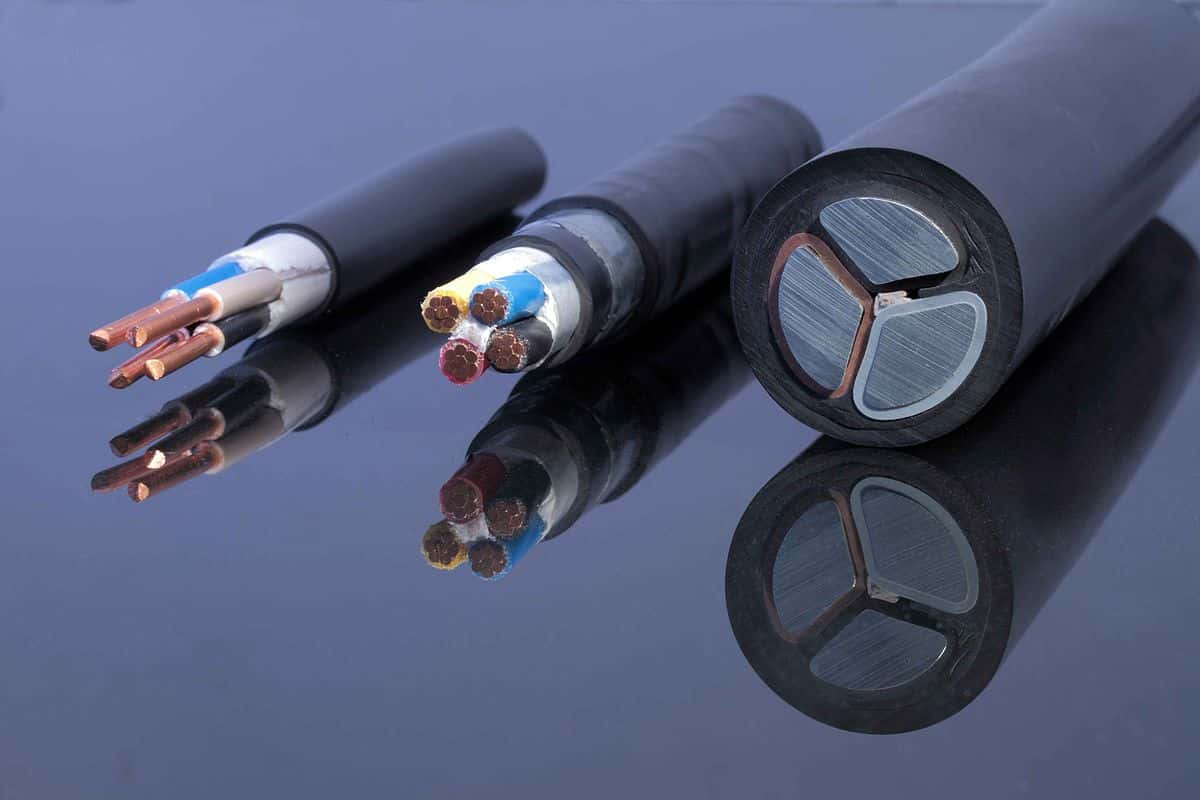
Both copper and aluminum are examples of common materials used in the production of conductors. 600 V voltage is suitable for this type of cable.
Semiconductor layers: these layers, also known as “semiconductor layers”, are used to cancel and distribute the uniform electric field.
Insulation: There is an insulation layer around the conductor to prevent leakage of current to the cable. Insulation is made up of XLPE material in this type of cable.
The term “filler” refers to materials inside the cable and is responsible for filling existing spaces between internal insulation, conductors, and outer sheath.
Outer sheath or jacket: PVC is the outermost part of cable; Responsible for cable insulation and preventing current leakage, which can be done in case of internal insulation tearing.
Copper conductors are between the XLPE thermal regulation insulation layers in the cable, which is placed by the designation of USE-۲, which is placed as an input to the underground service.
Since thermostats can tolerate a certain amount of tolerance, cables can be used in underground applications such as buried cables, due to their thermal and mechanical strength, tensile loading will be tolerated.
With respect to high resistance of cable to heat, humidity and sunlight, its use in industrial applications such as power generation systems is appropriate. 600 V voltage is suitable for this type of cable.
RHW-۲: The letters “R,” “H,” and “W” in the name of this insulation are abbreviated to XLPE rubber insulation, which is resistant to temperature above 75 degrees Celsius and dehydration.
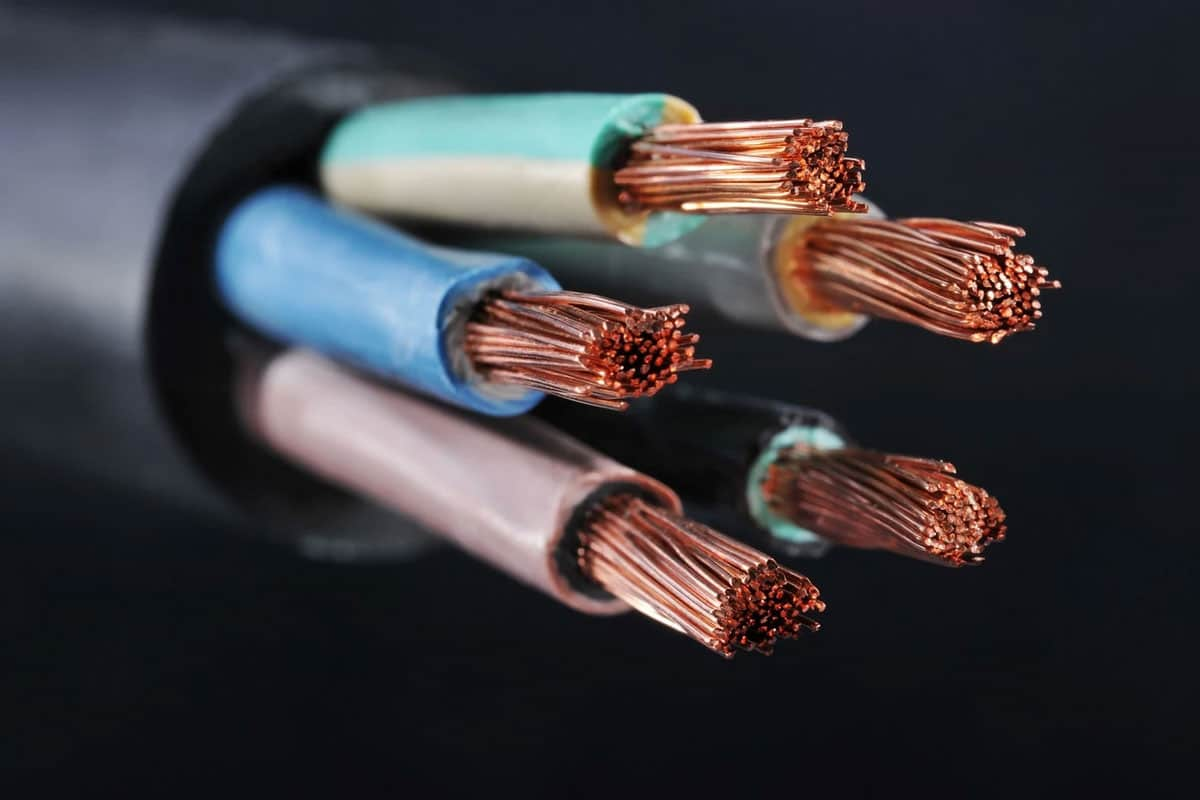
This insulation is also known as RHW-۲. Rubber or neoprene used to create this interconnected polyethylene has high moisture resistance.
The fact that these cables have their own number 2 shows they can withstand temperatures up to 90 degrees Celsius.
The same is true for USE-۲ cables. This cable can be buried in dry or wet soil, depending on how well it controls it.
This type of XLPE cable has a 600V voltage rating and is suitable for use in power systems as well as regular wiring applications.
RHH: The first letter of the cable to be named for the material made is “rubber insulation”. This model, like the previous two variants, is a XLPE cable that works at low voltage and supports high voltage up to 600 volts.
This high temperature has good resistance at temperatures above 90 degrees. Although there are two “h” s in a row in the model name, this cable is not waterproof.
However, high temperature resistance is shown by these letters. Cables of this type, such as RHW-۲, are used to transfer power at production facilities as well as electrical installations.
These cables are also used for general purposes, such as electrical panels, but environmental factors must also be considered.
There are two main differences between XLPE cables and other types of cables that allow you to identify these types of cables; However, other functional features, such as resistance to heat up to 90 degrees, may also show that the cable is of a variety of XLPE.
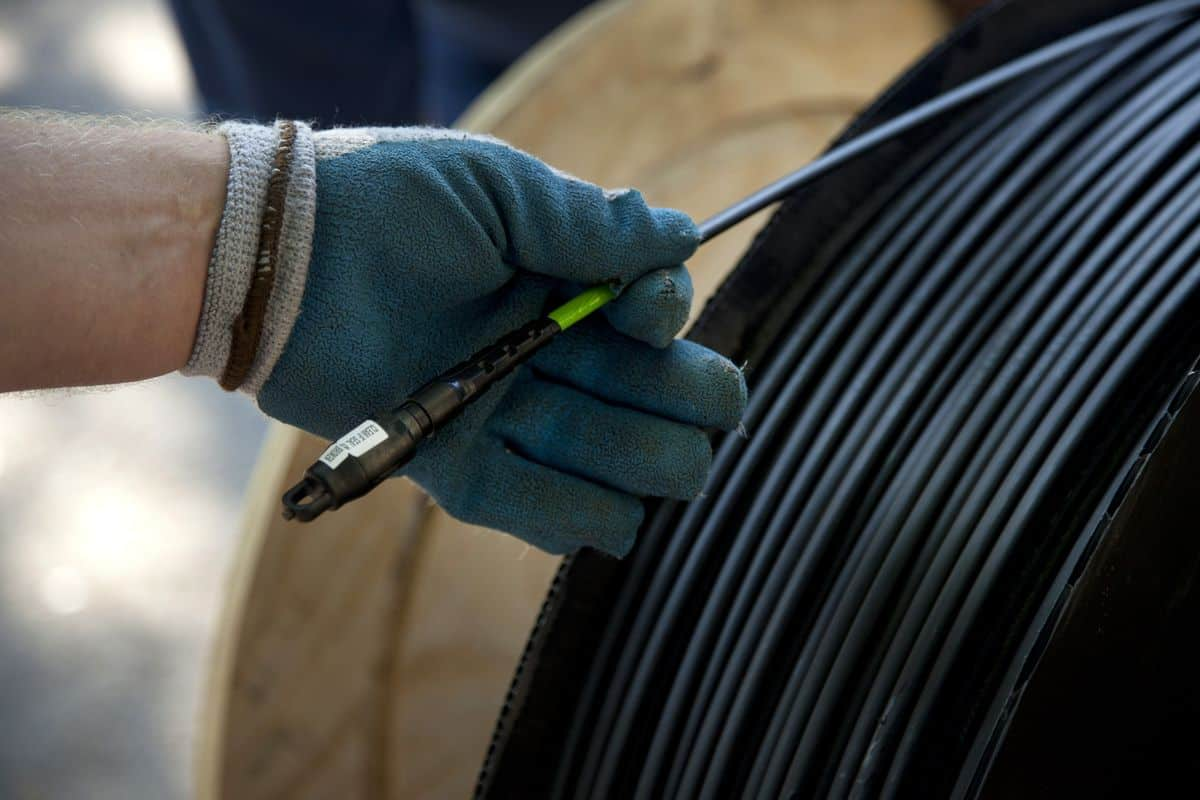
These two objectives are:
Compatibility of cable insulation sheath inside;
Compared to PVC cables that are generally in black color, XLPE cables usually come in white and gray shade and sometimes black.
When should XLPE cable be used and why should it be used?
Under the following conditions, XLPE cable may be used in industrial settings:
temperature conditions that are too cold or too hot;
electrical applications require high voltage;
mechanical stress induced wear and tear problem;
areas that are wet or under water;
The places that are exposed to various infections.
Below are some advantages of XLPE cable:
Because of XLPE quality, heat resistance is higher, up to 90 degrees Celsius;
The flexibility and capacity of cable deformations are intrinsic in various aspects of cable deformation due to its transverse link;
resistant to solvents and able to maintain its main electrical properties even when exposed to chemicals;
has the ability to withstand temperature spikes up to 250 degrees Celsius for a limited time;
Furthermore, this type of cable has strong moisture resistance and mechanical stress as well as sun effects.
We have collected some of the advantages of ۶۶KV cable:
High current rating: Continuous operating temperature above conductor from ۹۰-C, XLPE cable enables higher emperation than PVC cables or insulated paper.
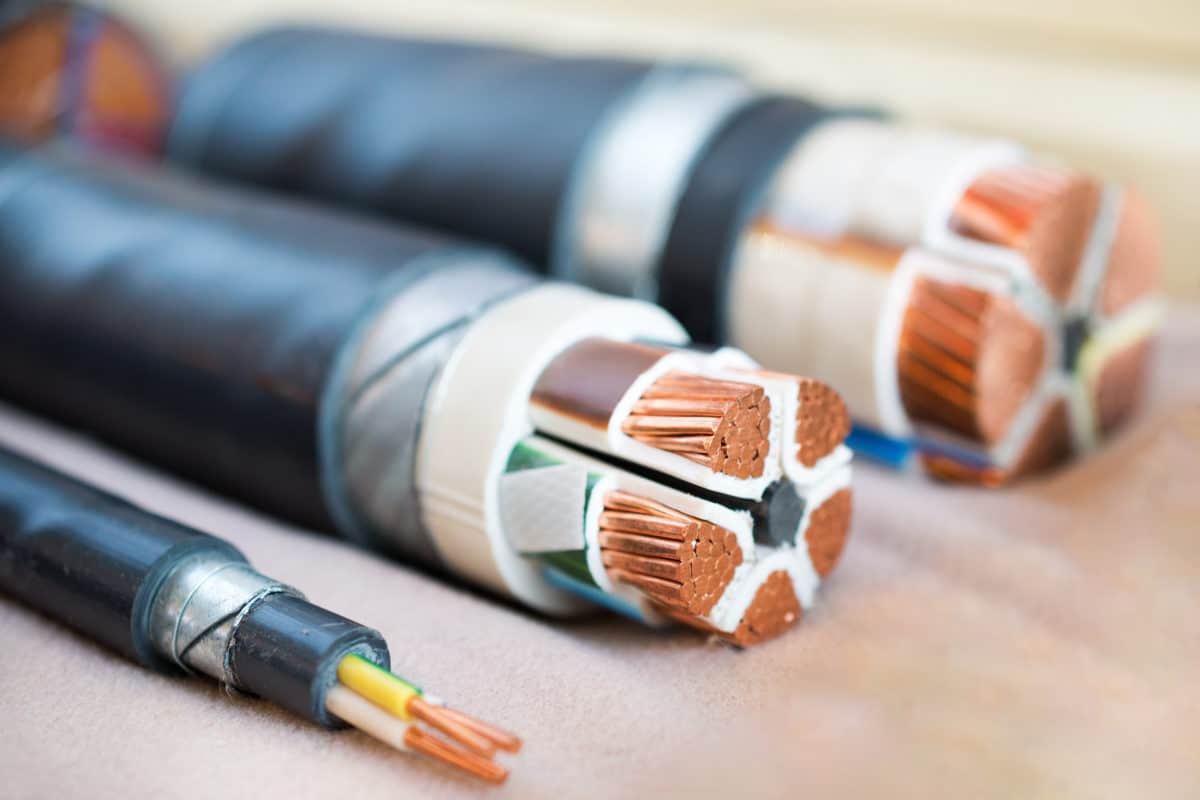
Small deformation at high temperature: Under combined thermal and mechanical pressure, XLPE has a small deformation compared to other solid dielectric.
Short circuit value: XLPE insulation cables are the maximum allowable continuous temperature of ۲۵۰-C in a short circuit, which increases the value of XLPE cable short circuit compared to PVC cables and paper insulation cables.
Low dielectric loss: XLPE dielectric loss is much less than traditional solid dielectric dielectric such as PVC and EPR. It is a large cost savings when the high voltage power transmission is done on XLPE cables.
High emergency load capacity: XLPE cable can work up to 130°C in emergency. This should not exceed 100 hours in a 12-month period and 500 hours in the life of Kabul.
Low charge current: charging current is much lower than other dectrices. This enables the final set of protection relay.
High resistance to thermal deformation and aging in hot air is an important advantage in rating cables and is a particular interest in places where ambient temperature is high.
These cables are suitable for high and high voltage applications along with their stress-induced crack resistance and low dielectric constant.
We offer a wide range of wires and cables with our products pricing policy reasonably below the global market price.
You can easily contact us and make sure that you price is significantly lower than the market. So fill out the inquiry form, let us know what you want and we will contact you temporarily.

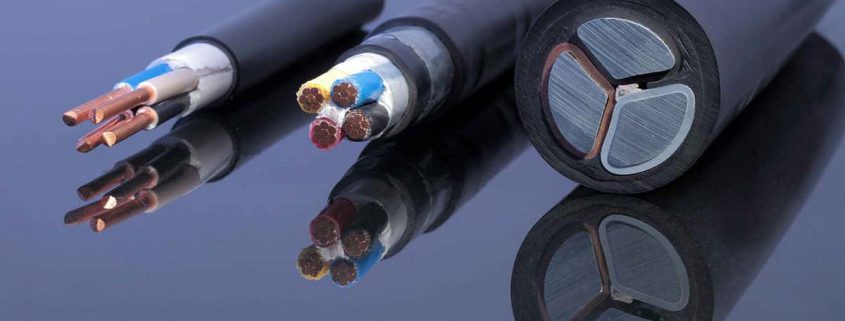


Leave a Reply
Want to join the discussion?Feel free to contribute!